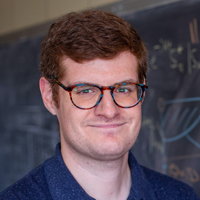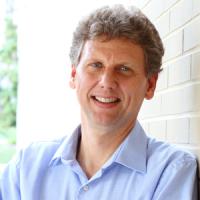Atomic, Molecular, & Optical Physics
AMO physicists at Penn State address a wide range of problems in physics using exquisite experimental control over atoms and photons and our ability to theoretically model these systems. We study atoms and photons in all interaction regimes, from single particles, to few-body interactions, to weakly interacting many-body systems, to strongly interacting many-body systems. Laser cooling, optical lattices, atomic fountains and photonic crystal structures are among the many experimental tools we have helped develop and frequently use. Our theoretical tools include analytical and computational techniques that are tailored to study many-body quantum systems, with a focus on the effects of low dimensionality and strong correlations. Numerical linked cluster expansions, generalized hydrodynamics in the presence of integrability breaking interactions, and mappings in one dimension that make possible efficient calculations of equilibrium and far from equilibrium properties are among the theoretical tools we have helped develop and use frequently.
Penn State experiments with non-interacting particles push the boundaries of precision. We make precise atomic measurements to develop laser-cooled atomic clocks, test fundamental symmetries, as in a search for a permanent electric dipole moment in atoms, and precisely measure atomic properties. We use photons in complex photonics structures to demonstrate topological principles and develop associated photonic devices.
Experiments with interacting particles can also push the boundaries of precision, while providing a playground for studying many-body physics. We study quantum scattering of cold atoms as well as three-body collisions. By selectively entangling neutral atoms in a 3D array, we are working to build a universal quantum computer and to create and measure cluster states.
We study, experimentally and theoretically, Bose-Einstein condensation, superfluidity, topological physics of photons and atoms, and nonlinear optics. We study bosons and fermions in reduced dimensions, including nearly integrable systems, again both experimentally and theoretically. These studies encompass equilibrium physics, quantum criticality, nonlinear dynamics of complex systems, and non-equilibrium quantum dynamics.
Theory:Thomas Iadecola, Marcos Rigol
Experiment: Bryce Gadway, Kurt Gibble, Mikael Rechtsman, David Weiss
Theory
Experiment





